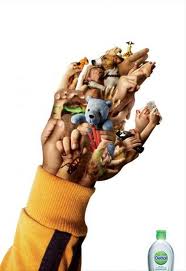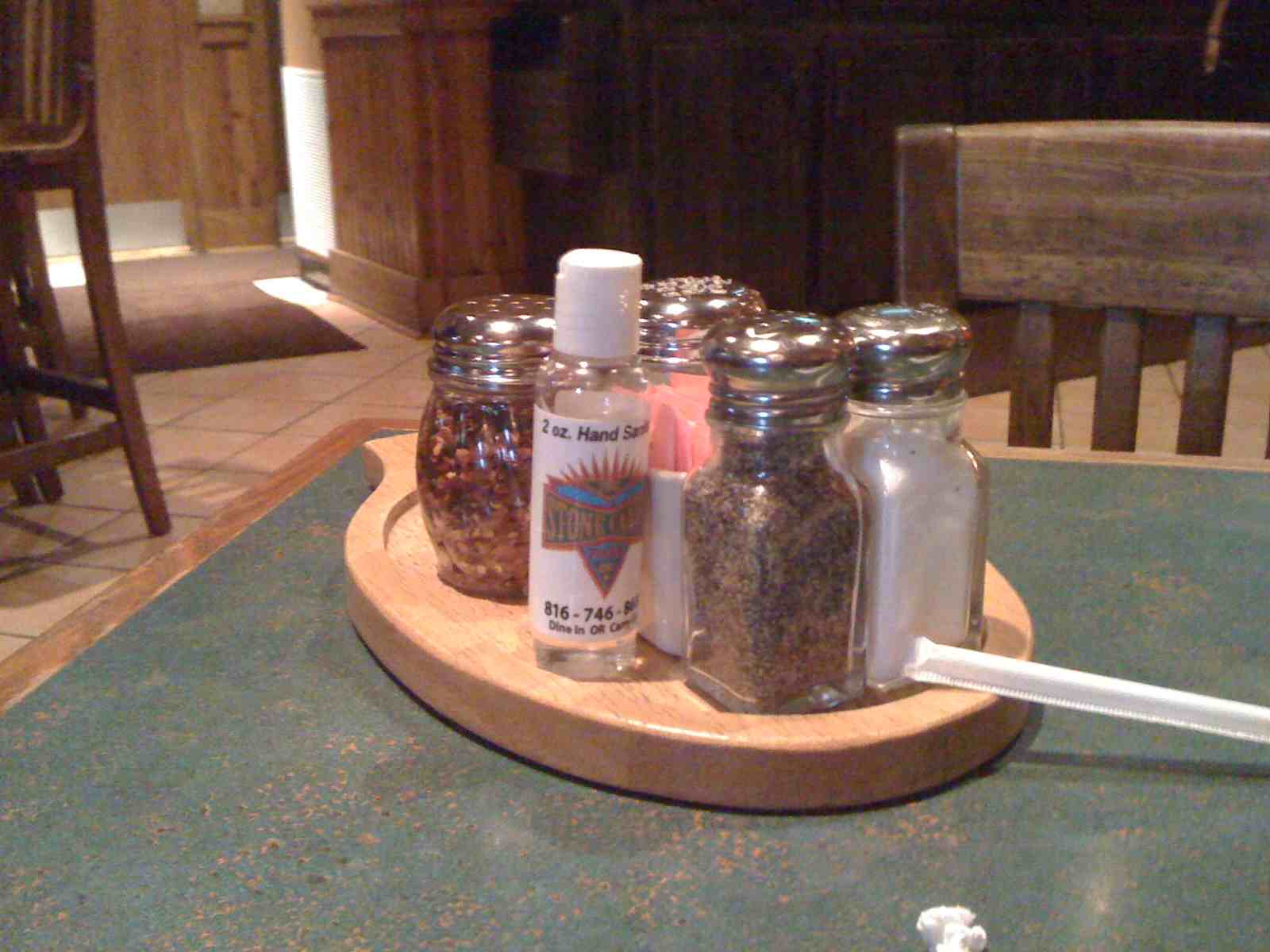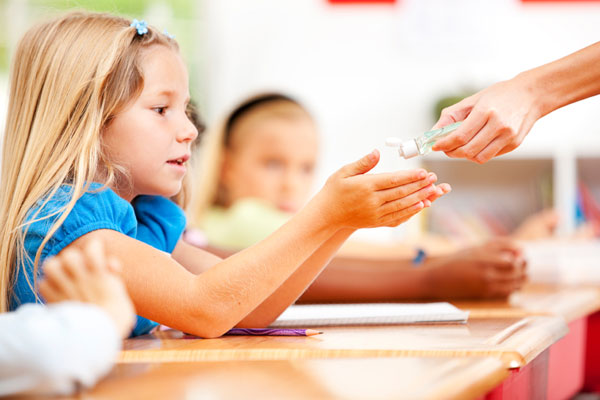 At what point did universities evolve from the ridiculously overpriced day cares they currently are (for young adults and most faculty)?
At what point did universities evolve from the ridiculously overpriced day cares they currently are (for young adults and most faculty)?
A university official told NBC News that as of Friday afternoon, there have been 22 total cases of hand, foot and mouth disease — a highly contagious virus in which sores develop in the mouth, and a skin rash with blisters appears on the hands and soles of the feet.
“I’m thinking we’ve got probably one more little spike [in cases], then hopefully it will have worn itself out,” said Lesley Sacher, executive director of university health services at the Tallahassee school.
The illness starts with a fever and sore throat, followed by painful mouth sores a day or two later, according to the Centers for Disease Control and Prevention. Some people don’t get symptoms but are still contagious.
It’s most often seen among infants and toddlers at day care centers who have a lot of direct skin contact as they play, but it’s not unheard of in adults.
And it’s easy for any infection to spread quickly in college dorms, particularly this time of year as students adjust to life in a dorm surrounded by others in close proximity, said Dr. Frank Esper, pediatric disease specialist at Rainbow Babies and Children’s Hospital in Cleveland.
“We see spikes in certain types of infections during that transition period. It’s one of the reasons we have a meningitis shot that is specifically targeting individuals going into dormitories,” he said.
Hand, foot and mouth is caused by Coxsackie A16 virus, a member of the enteroviruses family. Enteroviruses tend to thrive in the fall, but Esper said they can happen any time of the year.

 same pitfalls exist for any high volume kitchen, with workers who are susceptible to the same illnesses and temptations to cut corners in order to get through the night.
same pitfalls exist for any high volume kitchen, with workers who are susceptible to the same illnesses and temptations to cut corners in order to get through the night. establishment, had been attempting to make pretzels. Peltack said it took rescue-squad workers a short amount of time to release her hand from the machine.
establishment, had been attempting to make pretzels. Peltack said it took rescue-squad workers a short amount of time to release her hand from the machine. restaurants.
restaurants..jpg)
 may be most effectively transmitted in the air, rather than by contact with infected surfaces, the authors of the study said.
may be most effectively transmitted in the air, rather than by contact with infected surfaces, the authors of the study said. Lord Pharmaceutical, LLC, doing business as Bee International Distributors was seized the day before.
Lord Pharmaceutical, LLC, doing business as Bee International Distributors was seized the day before. This year, my wife and I spent July 4 in Parkville, Missouri. On Sunday, I found hand sanitizer at a pizza restaurant. Yes, exactly as shown, left, on a tray with grated cheese, salt, pepper, sweeteners and hand sanitizer.
This year, my wife and I spent July 4 in Parkville, Missouri. On Sunday, I found hand sanitizer at a pizza restaurant. Yes, exactly as shown, left, on a tray with grated cheese, salt, pepper, sweeteners and hand sanitizer. in an attempt to keep it away from a crying lady – and then eating funnel cake with those same hands.
in an attempt to keep it away from a crying lady – and then eating funnel cake with those same hands.